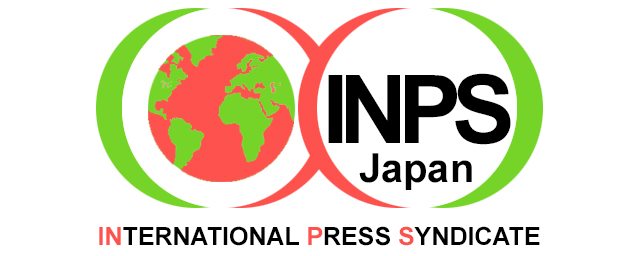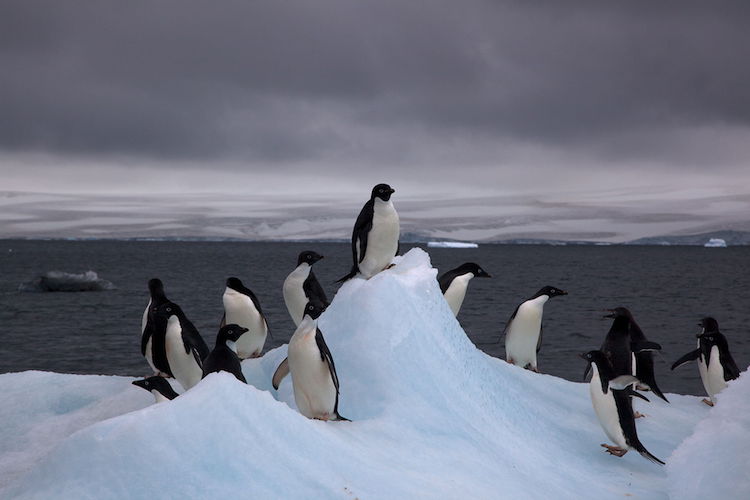By Jonathan Power
LUND, Sweden (IDN-INPS) – In 1772, sailing to the far south, Captain James Cook deflated the prevailing myth of Antarctica, that it was a temperate land, fertile and populated. Although he never landed on the continent he saw the vast icebergs, the frozen sea and the “worst weather anywhere in the world”. He wrote that “it is a continent doomed by nature” and doubted that man would ever find a use for it.
The words had not been long out of his mouth before governments started to make tentative grabs. The British were the first to make a move, claiming sovereignty on the grounds that the government needed to regulate commercial whaling.
The grabbing continued over the next century, to be followed by a lull and a passive acceptance of the status quo by the rest of the world. Now, however, the “ice continent”, the vast wilderness of ice, whipped continuously by hurricane force winds surrounded by cold grey seas, has become the centre of its own stormy debates.
It is mankind’s last frontier on earth, its ice-covered mountains and surrounding seas contain undiscovered resources – oil, gas, uranium, platinum as well as krill, whales, penguins and petrels.
So who owns Antarctica? The original buccaneering nations who grabbed it first? Or is it, like the UN’s Law of the Sea, another “common heritage of mankind”, as suggested by the eminent Latin American jurist Andres Bello who developed the thesis in 1831 that “those things that cannot be possessed by one nation without detriment to the rest have to be considered by the international community as indivisible common patrimony”?
The Antarctica discussions have been even more complicated than the complex Law of the Sea debate because of the longstanding claims already in existence.
At the end of October 2016 delegates from 24 countries and the European Union agreed that the Ross Sea in Antarctica will become the world’s largest marine protected area. In fact it is the Earth’s most pristine marine ecosystem. It covers 1.57 million square kilometres (600,000 square miles) of the Southern Ocean.
It will be protected from commercial fishing and mining for 35 years and possibly indefinitely. The Ross Sea, its shelf and slope comprise only 2% of the entire Southern Ocean but they are home to 38% of the world’s adelie penguins, 30% of the world’s Antarctic petrels and around 6% of the world’s population of Antarctic mink whales. It is also home to huge numbers of krill, a staple food for species such as whales and seals. The upwelling of nutrients from the sea’s deep waters are carried around the planet by currents.
At the end of negotiations last year Russia was the one country holding out against a consensus agreement. But this year was designated by President Vladimir Putin as the Year of Ecology. First, Russia expanded a marine protected area around Franz Josef Land in the Artic. Now it is a signed up member of the Ross Sea agreement.
China and the U.S. have also signed.
Britain, France and Norway have long claimed large areas of Antarctica – partly because they “discovered” and “effectively occupied” big chunks of the wasteland, even if “occupation” was nothing more than a weather station and half a dozen wooden huts. Australia, Argentina, Chile and New Zealand have claims based on proximity. The Chilean and Argentinian claims overlap with claims made by Britain. Surprisingly, neither Russia nor the U.S. have a current claim.
In 1958, the claimants together with the Soviet Union, Japan, Belgium and South Africa met to discuss a code for scientific research on the continent. In 1960 they signed a treaty providing for continued peaceful research. It also banned military activities, nuclear explosions and the dumping of nuclear waste.
It was an unusual piece of ad-hocery without any valid judicial basis. Nevertheless, its principles are important, committing the big powers to behaviour and norms they usually shy away from.
As the Antarctic Treaty has matured it has become recognised as one of the most successful sets of international agreements, setting an example for peaceful cooperation in the rest of the world.
As an environmental regime it is unique – entire continent, which is essentially undisturbed, will remain protected from the cruder urges of mankind.
After existing for 30 years a member country had the right to ask for a review of the Treaty. No country has asked. Clearly the status quo is keeping everyone happy. The Ross Sea agreement 56 years after the Treaty was signed is another important step forward. At the moment an ancillary “minerals regime” treaty is not a pressing issue. Two-mile thick ice precludes mining.
Environmentalists from green NGOs are overjoyed at the successes so far. Now they are shooting for their next target – a series of Marine Protected Areas in other parts of the cold continent. Why not? [IDN-INPS – 15 November 2016]
Note: Jonathan Power syndicates his opinion articles. He forwarded this and his previous Viewpoints for publication in IDN-INPS. Copyright: Jonathan Power.
Photo: Adelie penguins in Antarctica. Credit: Wikimedia Commons.


